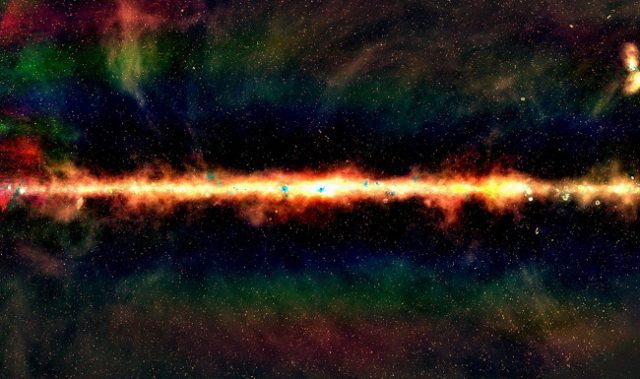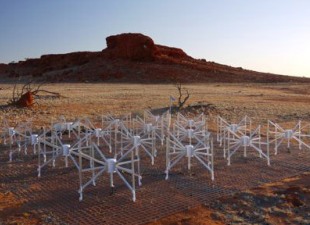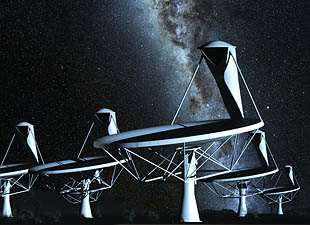
AsianScientist (Mar. 19, 2012) – Australian and Korean radio telescopes have been linked together for the first time, forming a system acting as a gigantic telescope more than 8,000 kilometers across and with 100 times the resolving power of the Hubble Space Telescope.
Australia has been making similar linkups with Japan and China for many years, and now is also doing initial tests with telescopes in India.
“This is another step in Australia’s ongoing collaboration with Asia in the field of radio astronomy,” said CSIRO’s Astronomy and Space Science Chief, Dr. Philip Diamond.
Combining signals from widely separated telescopes is a similar technique that will be used on the upcoming mega-scope, the Square Kilometer Array or SKA.
“Australia has many decades of experience with these long-distance linkups,” said Diamond, who sits on the Australia-New Zealand SKA Coordination Committee.
“And we are committed to scientific partnerships with countries in our region and elsewhere – another reason why Australia would be an excellent choice as SKA host.”
The telescopes involved in the linkup were two CSIRO dishes near Coonabarabran and Narrabri in New South Wales, a telescope of the University of Tasmania near Hobart, and two telescopes operated by the Korean Astronomy and Space Science Institute: one in Seoul (at Yonsei University), and a second near Ulsan in the southeast of the country (at Ulsan University).
In this experiment, the telescopes observed the same target simultaneously for five hours and their data was streamed in real time over optical fiber links to Curtin University in Perth, WA, where it was processed “on the fly” at the International Center for Radio Astronomy Research. The data was sent from each telescope at the rate of 64 MB per second – equivalent to filling a CD every ten seconds.
The high-speed data links for the observations were provided by the Australian Academic Research Network, AARNet, and its Korean counterpart, Kreonet.
“We were observing at a high frequency, which can be challenging for this technique, but the experiment worked extremely well,” said CSIRO’s Dr. Chris Phillips, who organized the tests.
The astronomers targeted a galaxy that emits strongly in radio waves – a source called J0854+2006, which was chosen because it was suitable for the tests. It is located 3.5 billion light-years away, and is thought to house a pair of supermassive black holes at its center.
One of these is among the largest black holes known, with a mass of more than 18 billion times that of the Sun: it is orbited once every 11 to 12 years by a smaller black hole with a mass 100 million times that of the Sun.
The two black holes are spiraling together and are expected to merge in less than ten thousand years, an event that is predicted to release huge amounts of radiation.
——
Source: CSIRO; Photo: Korean Astronomy and Space Science Institute.
Disclaimer: This article does not necessarily reflect the views of AsianScientist or its staff.












